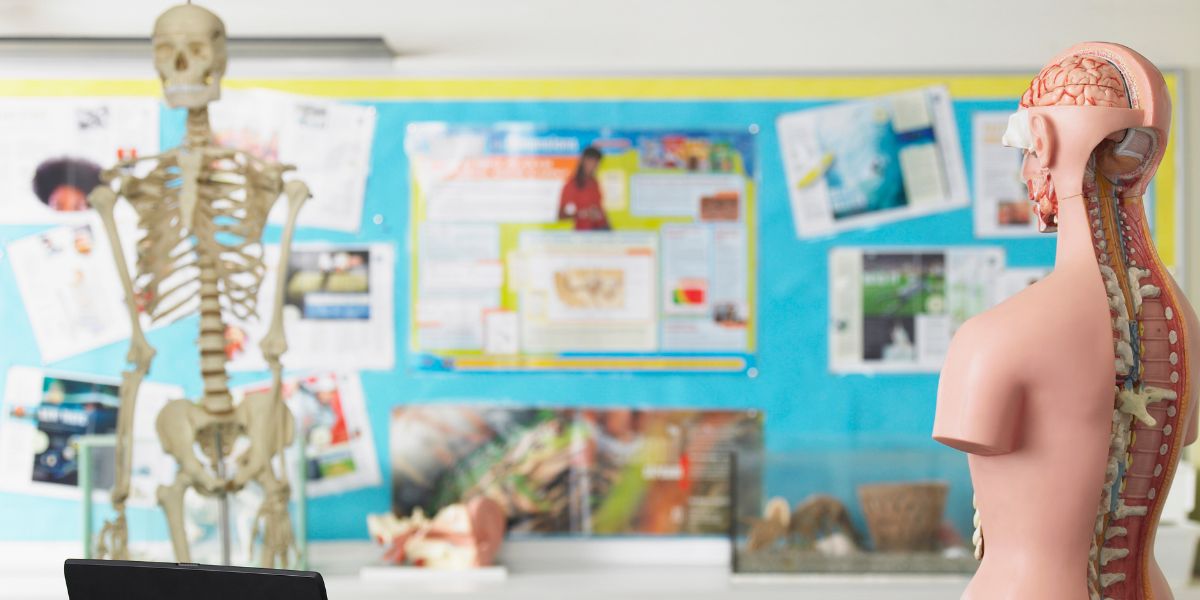
When exploring the realm of biology education, you might find yourself pondering which models hold the key to unlocking complex biological concepts effectively in a classroom setting. As you navigate through the intricacies of animal cell structures, genetic inheritance, skeletal systems, and photosynthetic processes, you'll begin to unravel a web of interconnected knowledge waiting to be unveiled. These models serve as bridges, connecting theoretical ideas to tangible representations, paving the way for a deeper understanding of the biological world around you.
Animal Cell Model
When studying biology, understanding the components of an animal cell model is crucial for grasping fundamental concepts. The animal cell is a complex structure with various organelles that perform specific functions essential for the cell's survival. One key component of an animal cell model is the nucleus, often referred to as the cell's control center. Within the nucleus, genetic material is stored in the form of chromosomes, which contain instructions for cell growth, development, and reproduction.
Another vital organelle in an animal cell model is the mitochondrion, often called the powerhouse of the cell. Mitochondria are responsible for generating energy in the form of ATP through a process called cellular respiration. Additionally, animal cells contain structures like the endoplasmic reticulum, Golgi apparatus, and lysosomes, each playing a crucial role in maintaining cell function and homeostasis.
DNA Double Helix Model
Exploring the DNA Double Helix Model provides a foundational understanding of genetic structure and inheritance in biology. This model, with its iconic twisted ladder structure, represents how genetic information is stored and replicated within our cells. By examining the double helix model, you can grasp how DNA carries the instructions necessary for an organism's growth, development, and functioning.
Visualizing the DNA double helix helps to explain concepts like base pairing, where adenine always pairs with thymine and cytosine always pairs with guanine. Understanding these base pairs is crucial in comprehending how genetic information is accurately copied during cell division and passed on to offspring.
Moreover, studying the DNA double helix model allows you to appreciate the significance of mutations and how they can lead to genetic variations and inherited diseases. By manipulating this model, you can simulate genetic changes and comprehend their potential impacts on an organism's traits and overall health.
Human Skeleton Model
To further your understanding of biological structures, let's now focus on the Human Skeleton Model. This model is a valuable tool for learning about the skeletal system and its functions in the human body. By observing and interacting with a human skeleton replica, you can gain a hands-on experience that enhances your comprehension of bone structure, joint movements, and the overall framework that supports the body.
The Human Skeleton Model is particularly useful for studying anatomy, physiology, and even forensic science. It allows you to identify different bones, understand their names, locations, and functions, and visualize how they articulate with each other. This hands-on approach can aid in remembering bone structures more effectively compared to studying from textbooks alone.
Furthermore, utilizing the Human Skeleton Model in the classroom can help you grasp concepts related to posture, locomotion, and the protection of vital organs. It serves as a visual aid that brings the skeletal system to life, making learning about the human body more engaging and memorable.
Photosynthesis Process Model
The Photosynthesis Process Model vividly demonstrates how plants convert sunlight into energy. By utilizing this model in your biology classroom, you can easily grasp the intricate process of photosynthesis.
As you observe the model, you'll see how light energy is absorbed by chlorophyll in the plant's leaves, initiating the conversion of carbon dioxide and water into glucose and oxygen. This hands-on approach allows you to visualize how plants play a crucial role in producing oxygen and providing energy for themselves and other living organisms.
Through the Photosynthesis Process Model, you can understand the importance of this biological process in sustaining life on Earth. It highlights the interconnectedness of living organisms and the environment, emphasizing the significance of plants in the ecosystem.




